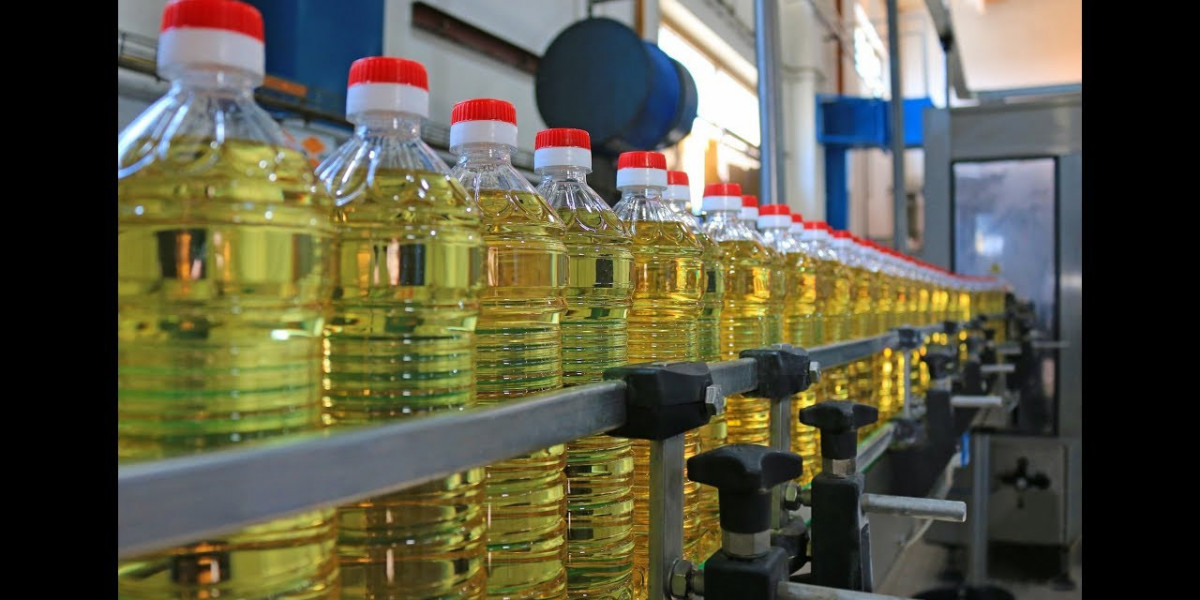The corn oil market has experienced steady growth over recent years, driven by the demand for healthy cooking oils, industrial applications, and even biodiesel production. Despite its advantages, including affordability, a mild flavor, and a high smoking point, the corn oil industry faces significant challenges. These challenges stem from environmental concerns, market volatility, and health considerations, all of which impact both supply and demand. This article explores the key challenges facing the corn oil market today.
1. Environmental and Sustainability Issues
Corn oil production is heavily dependent on corn, a crop that requires large amounts of land, water, and chemicals for cultivation. As climate change leads to unpredictable weather patterns, including droughts and floods, the agricultural sector has experienced significant disruptions. Reduced crop yields due to extreme weather events affect the supply of corn, ultimately impacting the availability and price of corn oil. Additionally, there are growing concerns about the environmental impact of monoculture farming, the practice of growing corn in vast quantities on the same land year after year, which can lead to soil degradation and loss of biodiversity.
Furthermore, concerns about carbon emissions and the sustainability of large-scale corn farming have led to increased scrutiny. Many consumers and regulatory bodies are now focused on reducing the carbon footprint of food products, which presents a challenge for corn oil manufacturers to adopt more sustainable farming and production practices. Companies are now looking to innovate and employ sustainable farming techniques, but this often involves additional costs and operational adjustments.
2. Health Concerns and Consumer Preferences
Corn oil is often marketed as a healthy alternative to other cooking oils because of its unsaturated fat content. However, growing consumer awareness of health risks associated with processed foods and oils has cast doubt on the benefits of corn oil. A rise in demand for healthier, less processed options, such as extra virgin olive oil, coconut oil, and avocado oil, has led to decreased interest in corn oil. Additionally, many consumers are now more cautious about oils that may be genetically modified, as corn is one of the most genetically modified crops worldwide. This has led some consumers to seek non-GMO alternatives, further limiting corn oil’s market appeal.
In recent years, there has also been an increased focus on the role of omega-6 fatty acids found in corn oil. Although omega-6 fatty acids are essential for human health, an imbalance in omega-6 to omega-3 fatty acids can lead to inflammation and other health issues. As a result, some health-conscious consumers are avoiding corn oil in favor of oils with better omega-3 to omega-6 ratios, such as flaxseed oil or fish oil.
3. Price Volatility and Supply Chain Disruptions
Corn oil prices are heavily influenced by the price of corn itself, which is subject to market fluctuations. Factors such as global corn production levels, weather conditions, and government policies in key corn-producing countries like the U.S. and Brazil can result in significant price volatility. This makes it difficult for corn oil manufacturers to forecast production costs and maintain stable pricing structures. Price fluctuations can also influence the affordability of corn oil, impacting consumer demand, especially in regions where consumers are price-sensitive.
Moreover, the COVID-19 pandemic underscored the vulnerabilities of global supply chains. Many industries, including food production, faced disruptions in both the supply of raw materials and distribution channels. The corn oil industry was no exception. Corn farmers had to contend with labor shortages and supply chain disruptions, leading to delayed harvesting and shipping. This, in turn, created instability in the market.
4. Competition from Other Vegetable Oils
Corn oil is not the only player in the vegetable oil market. Competition from other oils like soybean oil, sunflower oil, and canola oil has intensified. Many of these oils share similar characteristics with corn oil, such as high unsaturated fat content and cooking versatility, which makes it difficult for corn oil to stand out. Additionally, the growing demand for organic and cold-pressed oils has created a niche market that corn oil has struggled to penetrate, as it is generally produced through refining processes that do not appeal to the organic consumer.
Another challenge comes from the increasing popularity of alternative oils like olive oil, which is often considered a healthier option due to its higher monounsaturated fat content. As consumers become more discerning and health-conscious, they are opting for oils that align better with their dietary preferences and values. This shift in consumer behavior presents a significant hurdle for the corn oil market.
5. Regulatory and Policy Challenges
Governments around the world are imposing stricter regulations on the food industry, which has implications for the production and labeling of corn oil. In many regions, including the European Union and parts of North America, there are increasing demands for transparency in the sourcing and production processes of food products, including oils. These regulations often require companies to adhere to stringent quality control measures and provide detailed labeling about the contents of their products. Compliance with these regulations can increase operational costs and reduce profit margins for corn oil producers.
In some countries, there are also government initiatives to encourage the use of alternative, renewable energy sources, such as biofuels made from plants like corn. This can create competition for the raw material used to produce corn oil, further affecting the supply and pricing of the oil.
Conclusion
The corn oil market faces several challenges, from environmental concerns and health considerations to price volatility and intense competition. As consumers and regulators place more emphasis on sustainability, health, and transparency, the corn oil industry must adapt. Companies in the sector will need to innovate and find new ways to address these challenges while maintaining competitive pricing and satisfying consumer demand. The future of the corn oil market will depend on how effectively the industry navigates these obstacles and adjusts to the evolving preferences of consumers.
read more:
| https://www.pristinemarketinsights.com/corn-oil-market-report |









